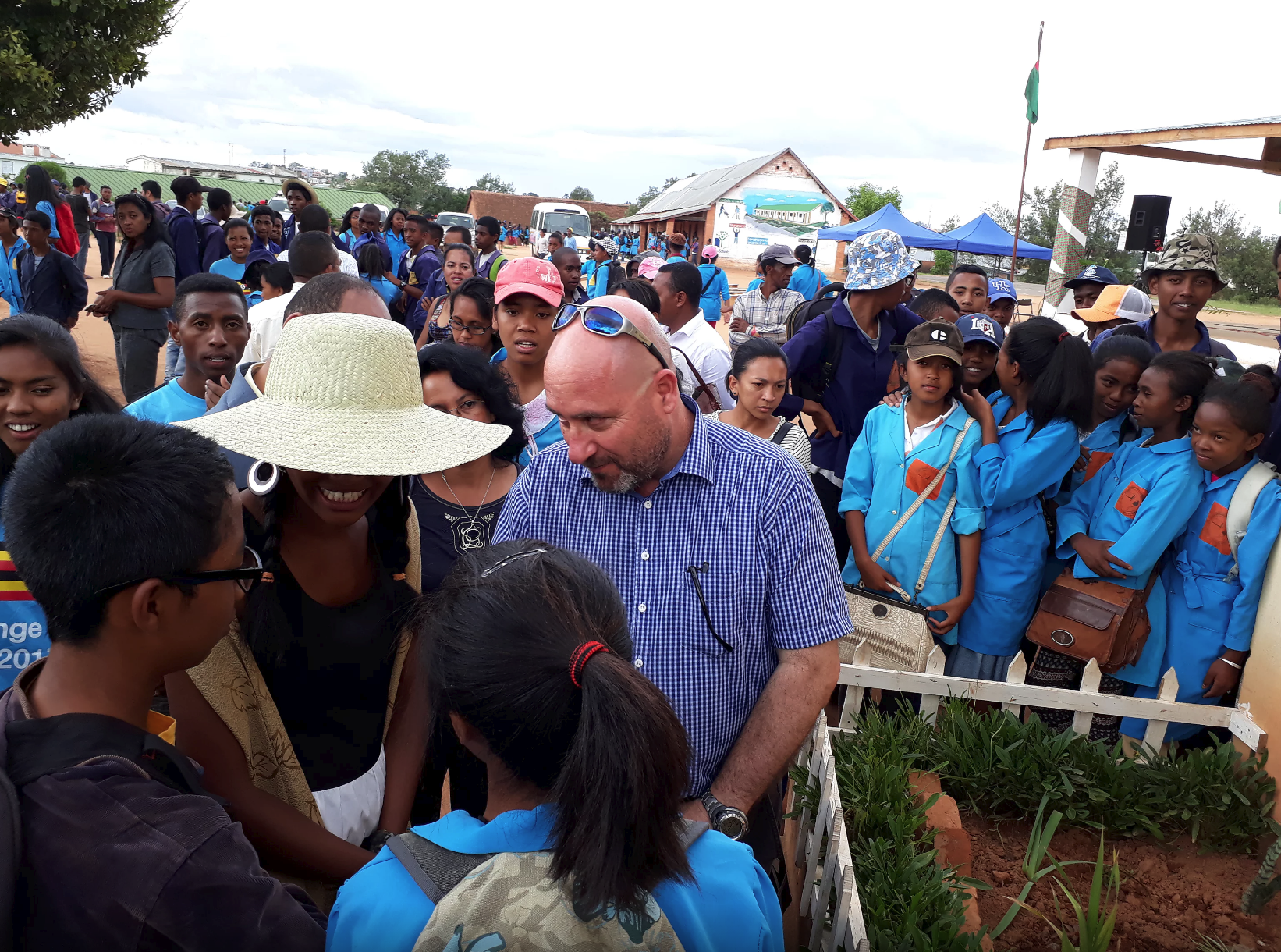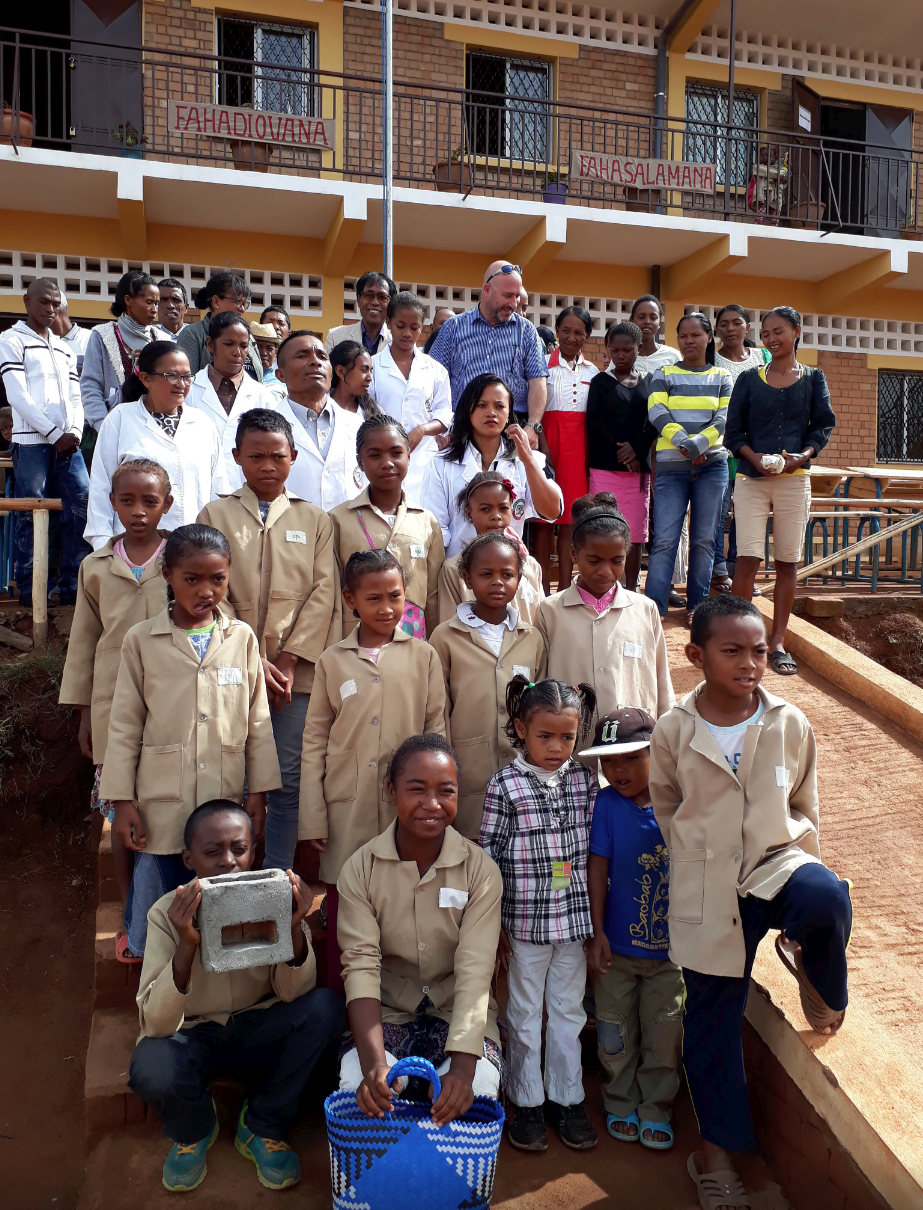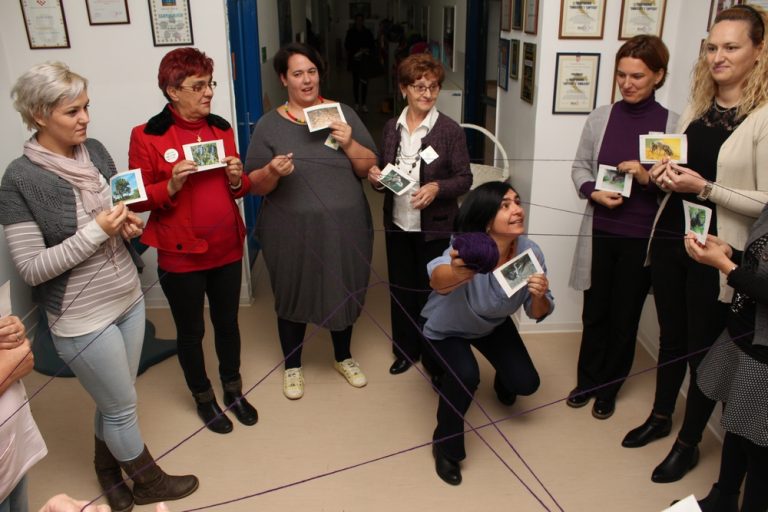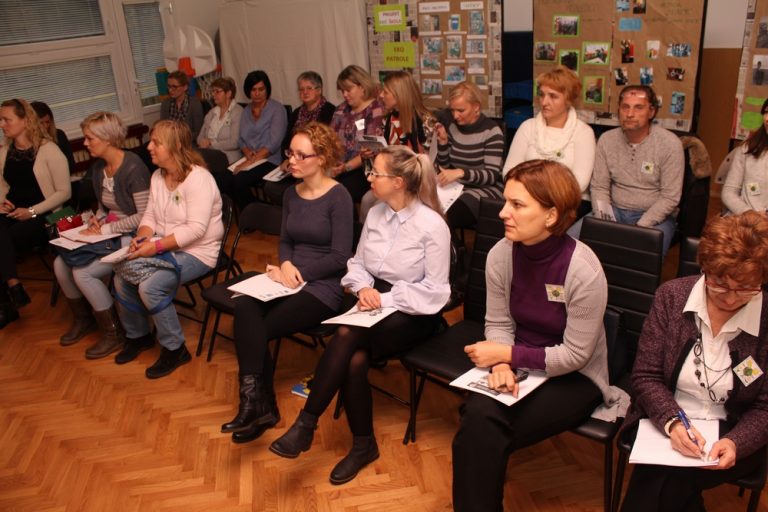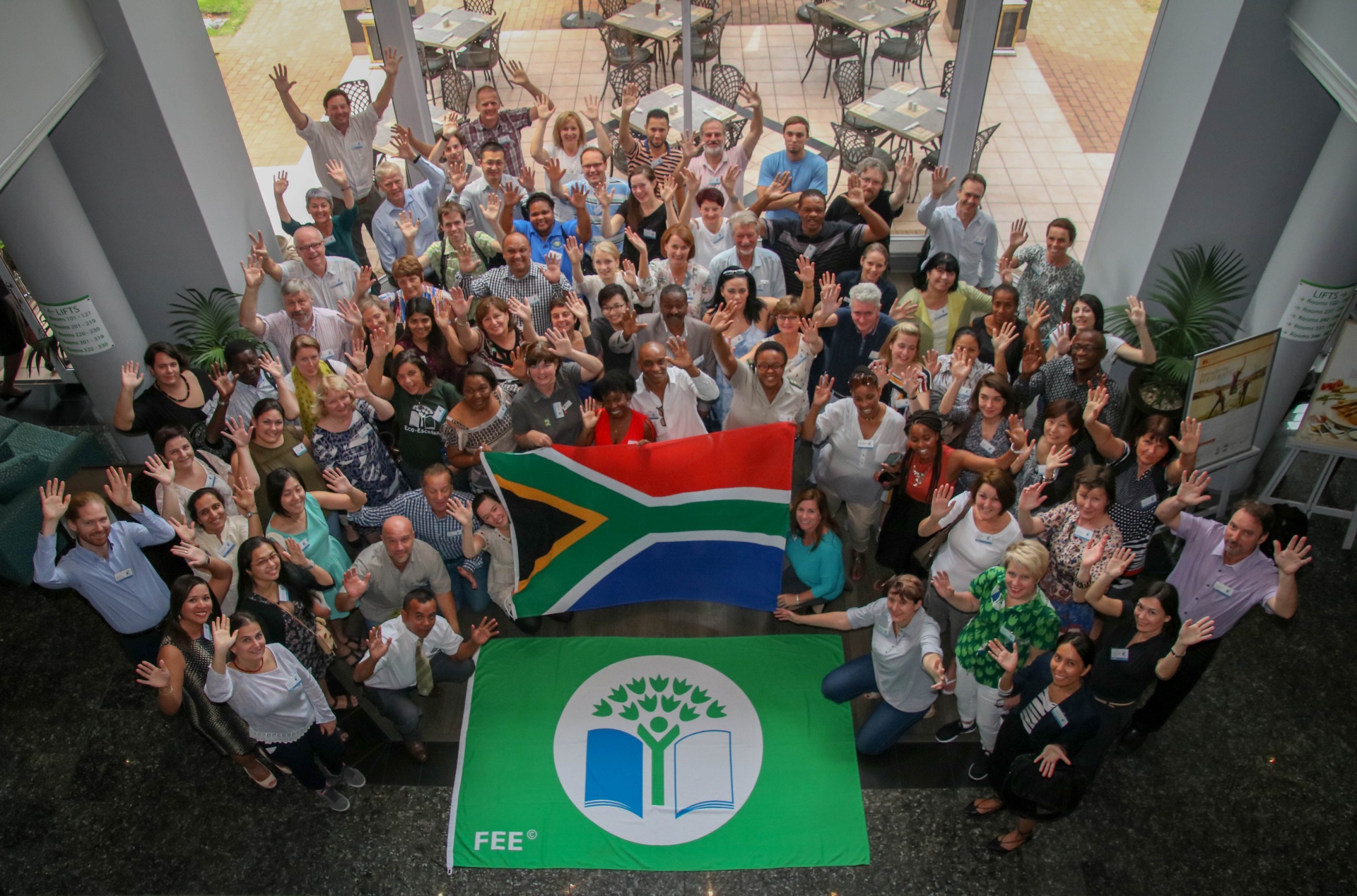By Carin Moffatt and Cathy Dzerefos, WESSA
“Happiness is a butterfly, which when pursued, is always just beyond your grasp, but which, if you will sit down quietly, may alight upon you”. Nathaniel Hawthorne
The Grade 1’s of Lebone II College of the Royal Bafokeng embarked on an ambitious project to create a Butterfly House that would sustain a breeding colony of Swallow Tail Butterflies. The school is in Phokeng, North West Province which is within Swallow Tail’s breeding zone. Our main aim was to build a Butterfly House in which we could observe the four stages of the butterfly’s life cycle from egg, caterpillar, pupa and finally butterfly.
When we started, some children did not know the difference between an earthworm and a caterpillar. We learnt that each butterfly species has a specific plant onto which their eggs are laid so the hatched caterpillar can start to eat straight away. The wrong plants will either stop the butterfly from laying eggs or the caterpillars will hatch and then die because they do not have the correct food to eat. As a WESSA Eco-School we also need to educate our whole school and community on the importance of butterflies and how they are needed to pollinate flowers to make fruit! These were the steps taken to make our Butterfly House:
- We built a metal structure that was big enough to fit all the host plants the butterflies would need. A pathway and bench were important so that we could enter and observe the butterflies closely. We used shade cloth for the walls to filter the sunlight, protect from wind and rain but also to allow us to peek in as we walked past.
- We planted host plants for the caterpillars to munch, and a variety of flowers for the butterflies to feed on nectar, using their long proboscis or straw-like tongue! Butterflies will feed on any flowers, but they prefer small flowers.
- Set up a feed station for the butterflies. This consists of a small shallow dish about the size of a side plate filled with 1 tablespoon of honey dissolved in ½ cup of warm water. Place a small sponge in the middle of the dish. The sponge will soak up the mixture and the butterflies can use their proboscis to suck the honey water. Butterflies also love citrus, so cut an orange in half and put that out for them as an extra treat.
- Place a shallow bowl with fresh clean water nearby.
- Put together an information board to educate passersby. Use fun facts about why not to touch the caterpillars, you could squish them and they could die plus they secrete a pheromone that makes your fingers very stinky!
- Our caterpillars came from an existing breeder. We want to conserve butterflies and did not want to capture them from the wild.
After waiting and watching we could see that our caterpillars grew, and grew and GREW until they turned into pupas. It was great fun to watch them getting bigger and changing colours each week. Every day we checked to see if a pupa had hatched until finally with great excitement our first butterfly emerged and high school learners were coming to have a look. This was followed by many more butterflies and we even witnessed a mating pair and eggs being laid. A few weeks later we were back to watching tiny caterpillars munching away and the whole cycle began again!















